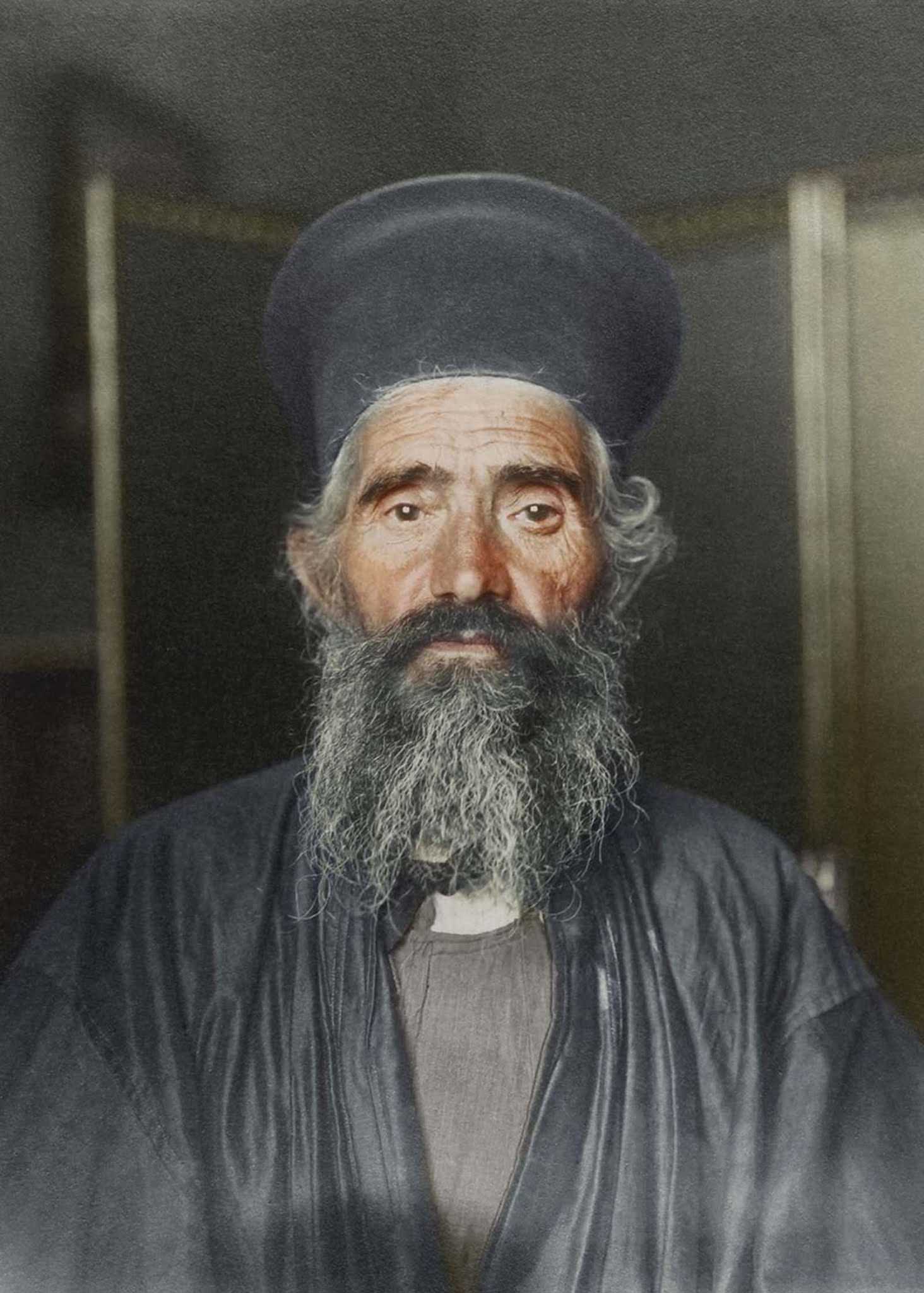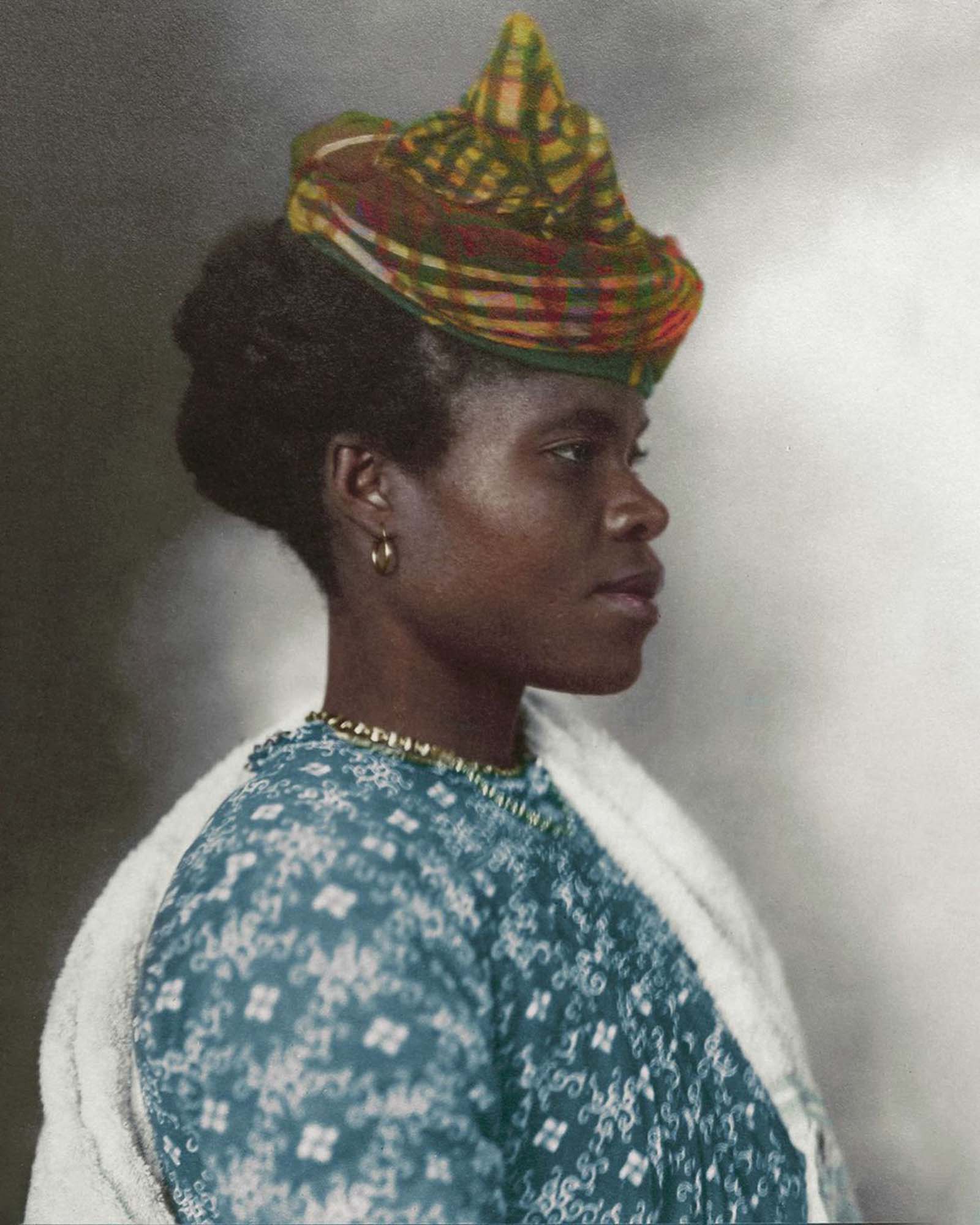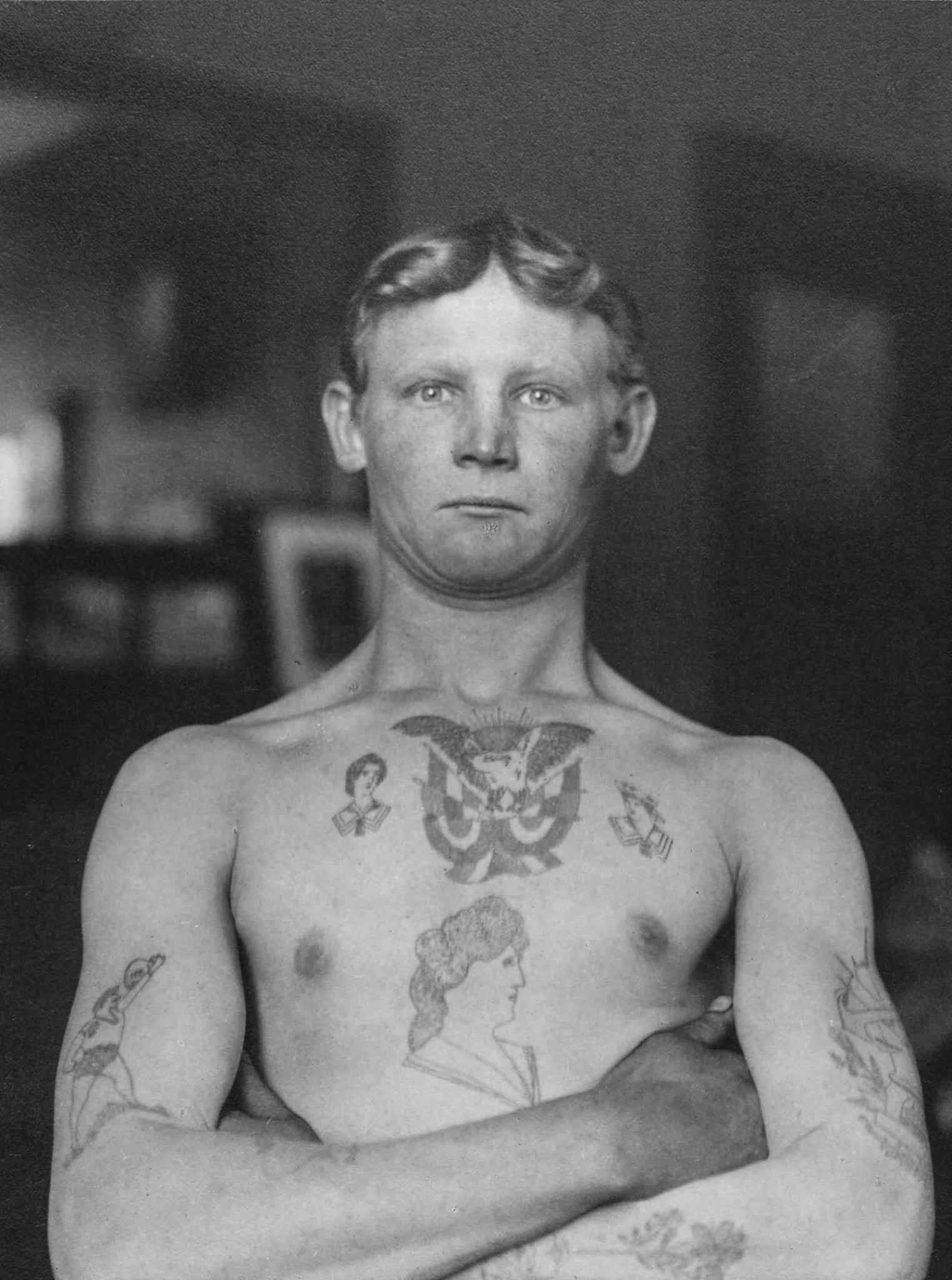From 1892 to 1954, more than 12 million immigrants came to Ellis Island in New York Harbor. It was the biggest immigrant inspection station in the United States. Immigrants were brought into Ellis Island by boat and had to go through several procedures, including medical checkup and their loyalty to the United States. Today, it is part of the Statue of Liberty National Monument and is accessible to the public only by ferry. These colored photos show the immigrants that came to Ellis Island. They were taken between 1906 to 1914 by amateur photographer Augustus Sherman.
Sherman documented the immigrants from different countries that arrived in the United States. He was fascinated by the diverse origins and cultural backgrounds of his subjects. Sherman created a riveting series of portraits, offering viewers a compelling perspective on this dynamic period in American history.































